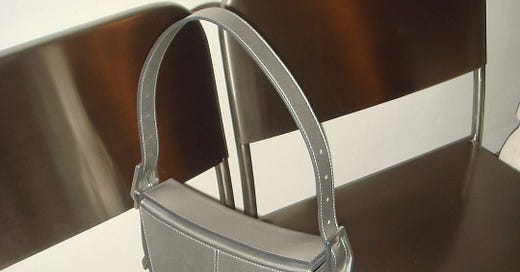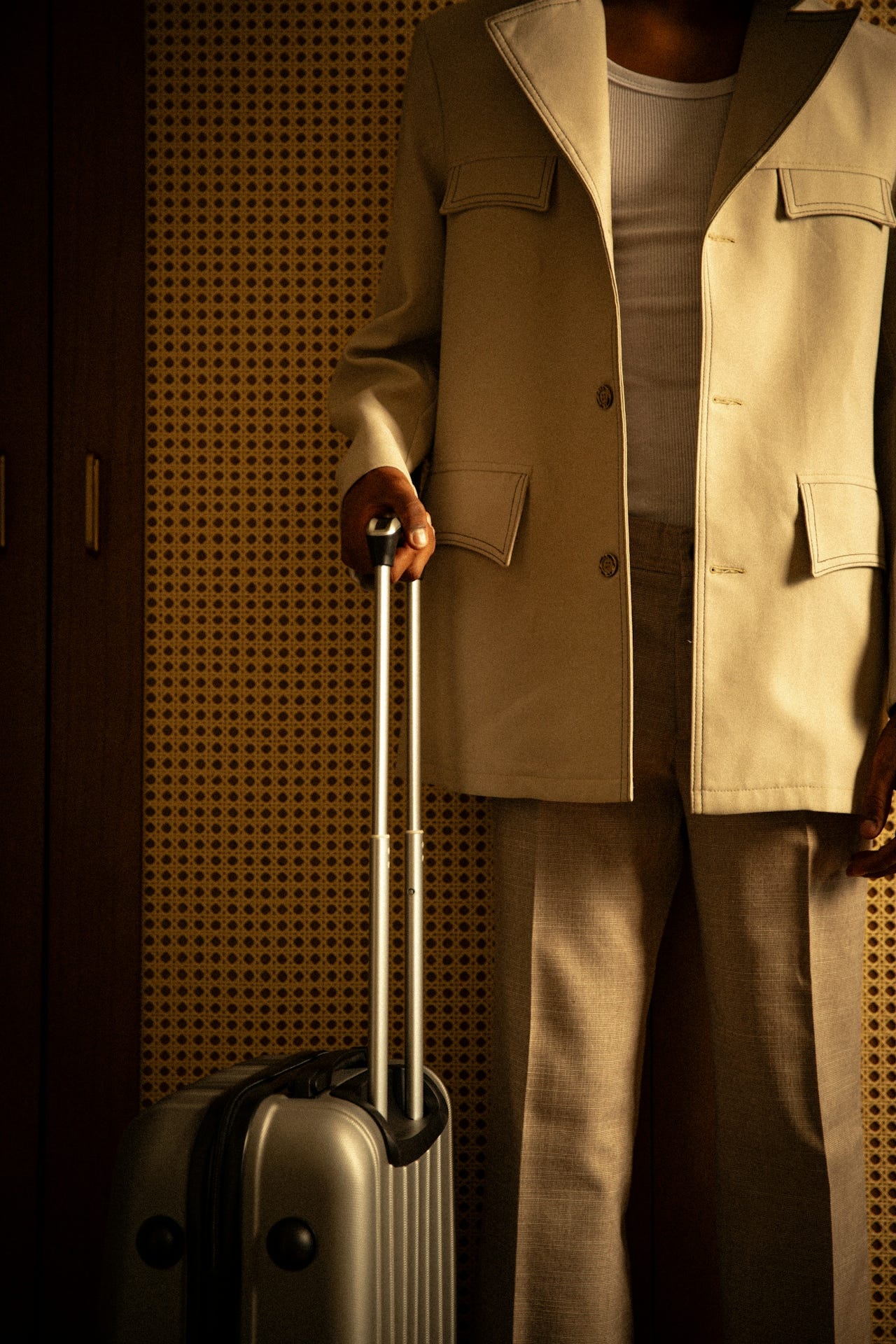From the clean minimalism look of the Great Recession to the embrace of quiet luxury amid today’s cost of living crisis, history shows that in times of financial hardship, fashion often turns inward—opting for a more mindful (one might say demure) form of expression. Yet while, in theory, the ideals of quiet luxury: inconspicuous, expertly tailored, and of the highest quality - would appear harmonious with a ‘buy less, but better’ mentality; the validity of claims that quiet luxury represents a mass shift in consumer mindsets towards conscious consumption remains dubious. When quiet luxury as a term began to peak in 2023, alongside trends such as de-influencing gaining popularity on TikTok, it appeared as though discussions on overconsumption were well and truly in the spotlight. With follow-up movements like underconsumption-core, further supporting the narrative that consumers want quality over quantity, one might be inclined to assume that demand for high-quality luxury is on the rise.
However, with the exception of a few fashion houses such as Brunello Cucinelli, Zegna, and Loro Piana, whose ‘stealth wealth’ appeal is a favourite among the top VIP earners, much of the luxury sector continues to be impacted by the harsh reality of a global spending slowdown. Consumers are buying less but are they necessarily buying better?
Quality Control
The state of fashion today is one of accelerating planned obsolescence. Generating demand for newness at the pace in which products are currently being mass-produced, requires older items to either fall out of style or quite literally fall apart faster in order to be replaced. The speed of production in itself has lead to major reductions in quality over time, so much so that younger generations of consumers may not even be able to recognise what high-quality clothing looks or feels like at all. While consumers say they want better quality, sustainable products from brands, the lack of education on what it takes to achieve such quality, durability and sustainability becomes evident, particularly regarding expectations on price.
Research conducted on CircKit’s sustainable e-commerce platform, Veo, (where a vegan leather handbag ranges from £75 to £832), supports this notion with 46.9% of browsers citing products being ‘Too Expensive’ as their reason for not purchasing. But where does the expectation of affordable high-quality come from? The reality is that fashion items truly were better quality a decade ago. So what happened?
The speed and scale of clothing production has reduced quality over time. Compounded with economic factors causing significant increases in the cost of labour and materials; it is virtually impossible for prices to remain the same without cutting costs elsewhere. This typically results in cheaper construction methods and material blends and in worst cases, cuts to workers’ wages. The alternative? Increased prices that maintain quality, durability, and ethical integrity in the form of fair pay for garment workers.
A Price-Quality Mismatch
While it’s understood that price increases are a natural and often justified outcome of maintaining garment quality over time, the current state of the industry reveals significant consumer resistance to these changes. As economic hardship prompts many consumers to scrutinise their spending, particularly on non-essentials such as fashion, brands are required to work much harder to justify the value of their price hikes. While a lack of consumer education on how materials and construction influence cost contributes to this resistance, brands are also culpable. By raising prices without a corresponding rise or maintenance of quality (and in some cases, a noticeable decline), brands have sown general distrust among their customers. Earlier this year, Chanel faced scrutiny for the price of its Flap Bag, which has more than doubled in price since 2016 (from $4,900 to $10,800), all while social media complaints about crooked stitching, rapidly tarnishing hardware, and torn straps were seemingly on the rise.
What’s more, a 2022 study by Hubbub and the School of Design at University of Leeds found minimal differences in durability performance between more expensive and lower-priced fashion products, challenging the notion that luxury goods are worth the greater investment due to superior quality and longevity.
Similar scepticism continues to plague fashion brands’ sustainability claims. So much so that early market research conducted here at CircKit revealed that both SMEs and larger fashion brands are increasingly resorting to greenhushing, that is, choosing not to report on their environmental impact progress to avoid criticism.
In cases where price hikes coincide with more aesthetically understated styles but with little focus on craftsmanship and durability, ‘quiet luxury’ is reduced to yet another fleeting industry trend. With this, a crucial opportunity to truly bring quality back to the forefront of fashion is missed.
A volume play
As financial performance at major fashion houses continues to lag, Bank of America analysts have highlighted that the quiet luxury approach “isn’t working”, suggesting that brands move away from this trend and lean into selling higher volumes of fashionable products at accessible prices instead (MarketWatch, 2024). Thus the price-quality paradox in fashion becomes increasingly clear…





